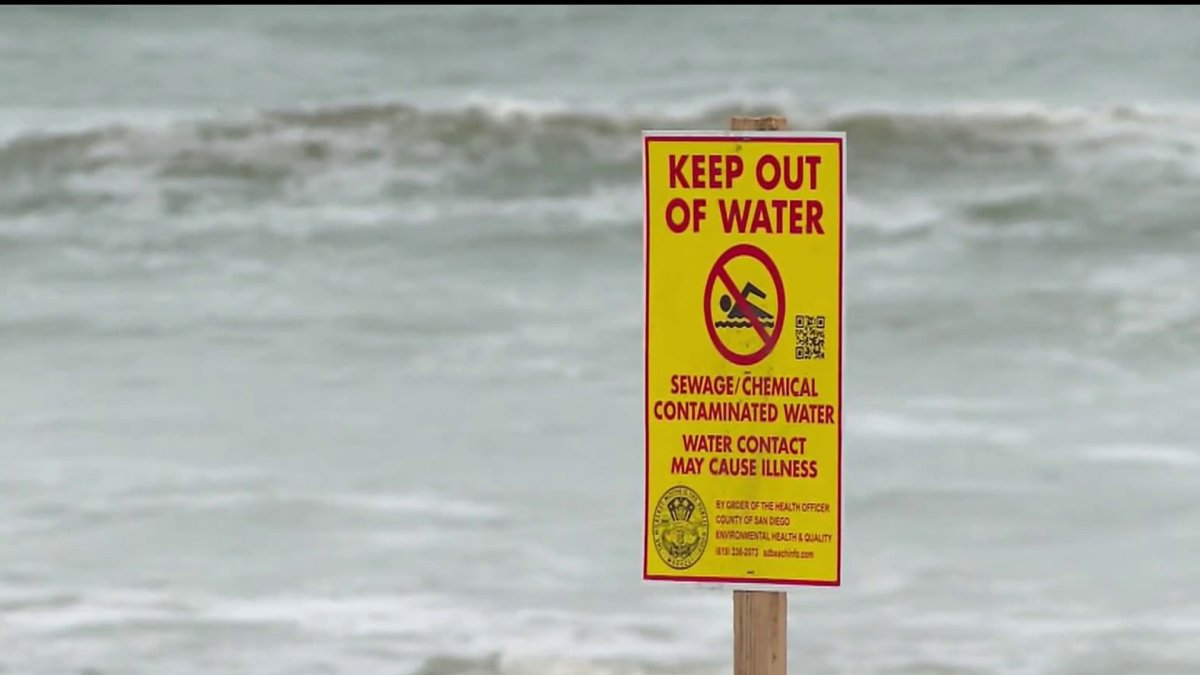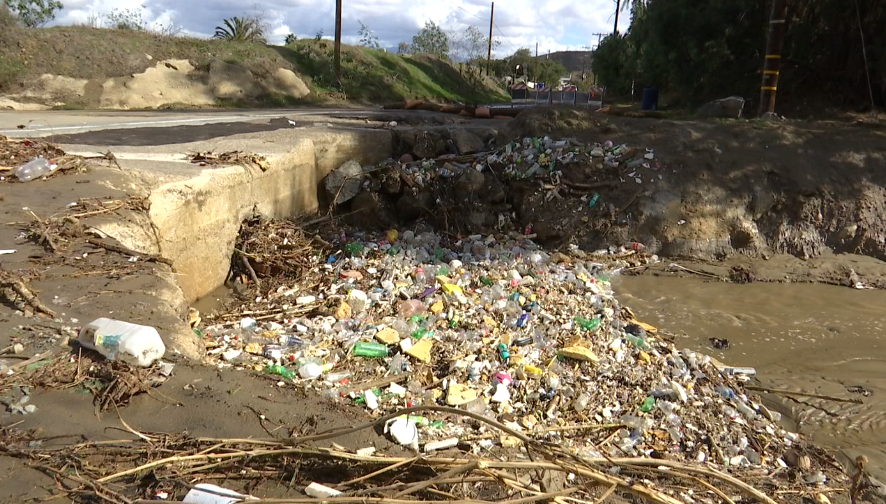
The infamous yellow sign KEEP OUT OF WATER signs have warned people about the water off Imperial Beach for more than 900 consecutive days. That’s how long raw sewage from Tijuana has tainted the Tijuana River Valley and Pacific Ocean.
Political, business, and government leaders in San Diego County are fed up. Tuesday morning, they collectively sent a letter to California Governor Gavin Newsom asking him to declare a State of Emergency. Again.
WATCH NBC 7's special 'Toxic Tide: The sewage crisis at the border'
NBC 7 investigates the millions of gallons of raw sewage crossing from Tijuana into the United States every day, including how the crisis affects our health — and what must be done to end it.
Get top local stories in San Diego delivered to you every morning. Sign up for NBC San Diego's News Headlines newsletter.
Following the border sewage crisis
“Well, the crisis is getting worse, so the urgency could not be overstated,” said Imperial Beach Mayor Paloma Aguirre.
Mayor Aguirre joined 17 other mayors in San Diego County, the Port of San Diego, and the San Diego Regional Chamber of Commerce sent their letter to Newsom. It’s the latest attempt to convince the state to send help to Imperial Beach and the Tijuana River Valley. Mayor Aguirre said Newsom rejected a similar request last year because the governor argued the pollution crisis did not meet the necessary standards.
“Our [new] letter lists all the different reasons why legally we believe that it does,” said Aguirre.
The health, financial, and environmental reasons listed in the letter were also discussed in the NBC San Diego news special “Toxic Tide: The Sewage Crisis at the Border”.
States of Emergency are nothing new to California. The state has declared States of Emergency for roughly 59 events since 2015, including fires, droughts, and storms.
“Why not one for the biggest environmental and public health disaster in Southern California?” asked Aguirre.




